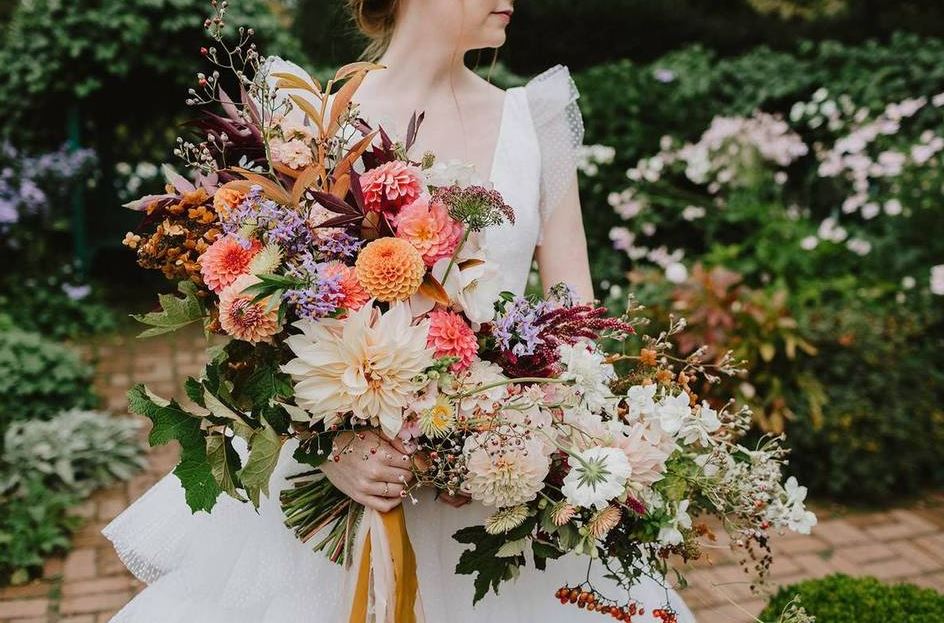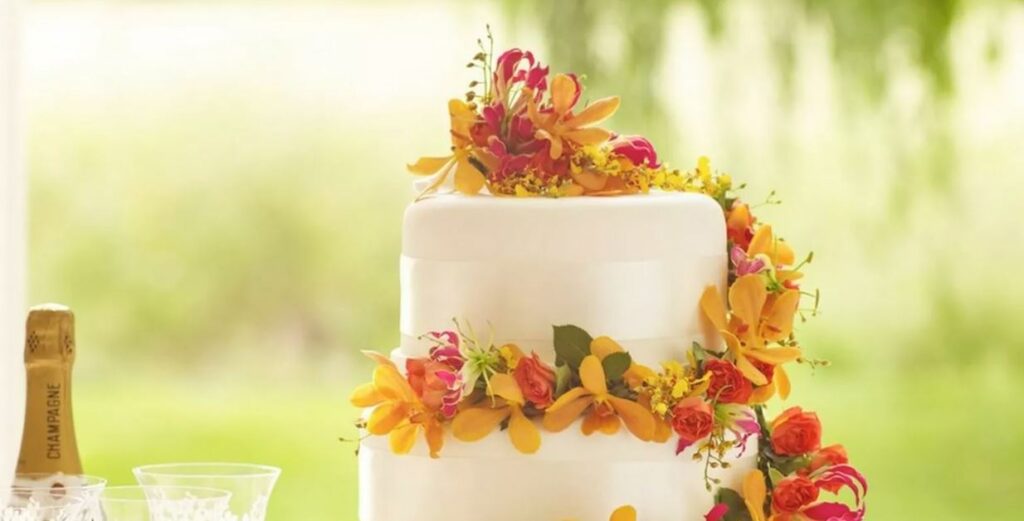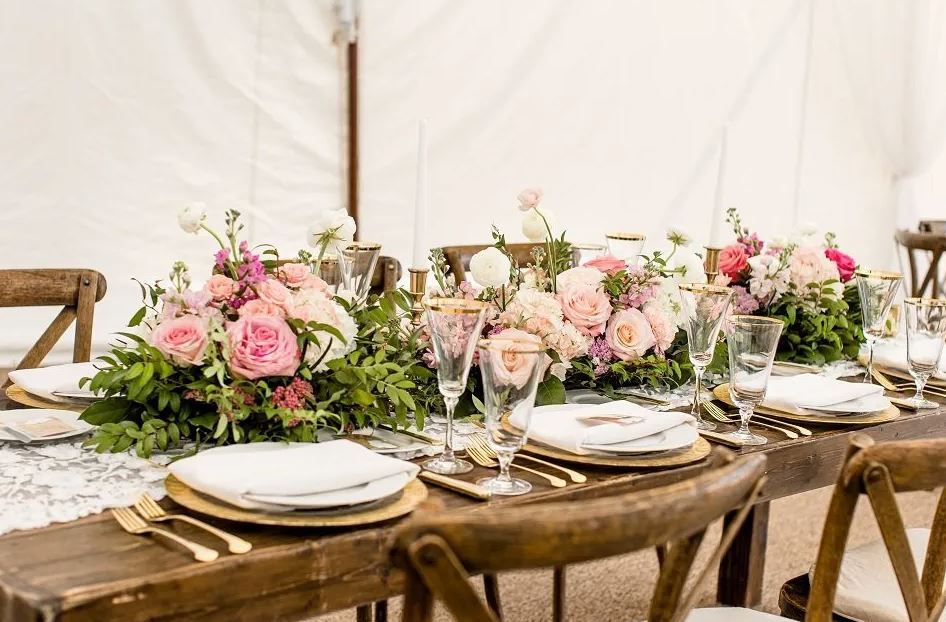Seasonal Splendor: Showcasing the Best Flowers for Each Wedding Season
As the saying goes, every season has its charm. This couldn’t be truer when it comes to planning your wedding. Whether you dream of a romantic winter wonderland, a vibrant summer celebration, a fall festivity full of warmth and depth, or a springtime soirée filled with new beginnings, each season holds its unique beauty.

The floral aspect of your wedding is one of the best ways to capture this seasonal magic. This post will guide you in selecting the most suitable flowers for your wedding reception based on the season, highlighting popular blooms, colour palettes, and arrangements to complement your chosen time of year.
Spring: Embrace the Awakening
Spring is the season of renewal, making it a popular choice for weddings. With its mild weather and nature’s fresh bloom, you can incorporate many vibrant flowers into your decor. Daffodils, tulips, and peonies are some of the most popular spring wedding flowers, and their broad colour palette can accommodate a range of wedding themes. Try a bouquet of blush pink peonies with white tulips for a classic look. If you want to go bold, a bouquet of vibrant yellow daffodils mixed with blue hyacinths can make a statement.
Summer: Unleash the Vibrancy
Summer weddings often call for bright, bold flowers that withstand the heat and add a vibrant touch to your big day. Favourites for this season include sunflowers, hydrangeas, and roses. Sunflowers, symbolic of adoration and loyalty, are perfect for rustic or boho-themed weddings. Hydrangeas come in various stunning colours, making them perfect for summer. Try mixing pale blue hydrangeas with cream roses for an elegant coastal theme. For a playful touch, pair brightly coloured roses with some green foliage.
Autumn: Dive into Warmth and Depth
Fall is characterized by rich, warm hues that reflect the changing leaves. This season brings a variety of unique options, such as dahlias, marigolds, and chrysanthemums. Consider using red and orange dahlias mixed with deep purple asters for a luxurious fall palette. Or, opt for cream-coloured chrysanthemums paired with golden marigolds for a more muted fall look. Incorporate seasonal elements such as pine cones or autumn leaves for an extra touch of fall flair.
Winter: Capture the Enchanted Frost
Winter weddings can be just as magical as their warmer counterparts. This season allows for using unconventional elements, such as berries, pinecones, and even branches, to capture the snowy scenery. Traditional winter wedding flowers include amaryllis, ranunculus, and hellebores. A bouquet of white amaryllis and hellebores can evoke a sense of winter’s magic. Add some silver brunia berries and a dusty miller for a frosty finish.

Choosing the Perfect Arrangement
The arrangement is where your chosen flowers come together to make a statement. For spring and summer weddings, loose, organic arrangements work best to mimic the natural growth of the season. Use greenery to fill in gaps and give your arrangements a lush feel.
For autumn and winter weddings, consider tighter, more structured arrangements to reflect the more ordered aspects of these seasons. You can also incorporate seasonal elements, such as autumn leaves or holly berries, to add a unique touch to your arrangements.
When selecting your flowers, it’s important to consider their visual appeal and their symbolism. For example, peonies symbolize romance and prosperity, making them an ideal wedding choice. Similarly, roses represent love and passion, while hydrangeas symbolize heartfelt emotions. By choosing flowers that align with your wedding’s theme and your personal story, you add an extra layer of significance to your special day.
In conclusion, the season you choose for your wedding can guide your floral selection, helping you create a harmonious colour scheme and theme. Spring offers a bounty of colourful blooms and a theme of renewal. Summer weddings can embrace vibrant, hearty flowers and a lively atmosphere. Autumn allows for warm hues and rich textures, while winter provides the opportunity for a magical, frost-touched celebration. Regardless of the season, a world of floral beauty is ready to make your wedding truly unforgettable. Your special day deserves a floral display that captures the essence of your love story and the season’s splendour.











